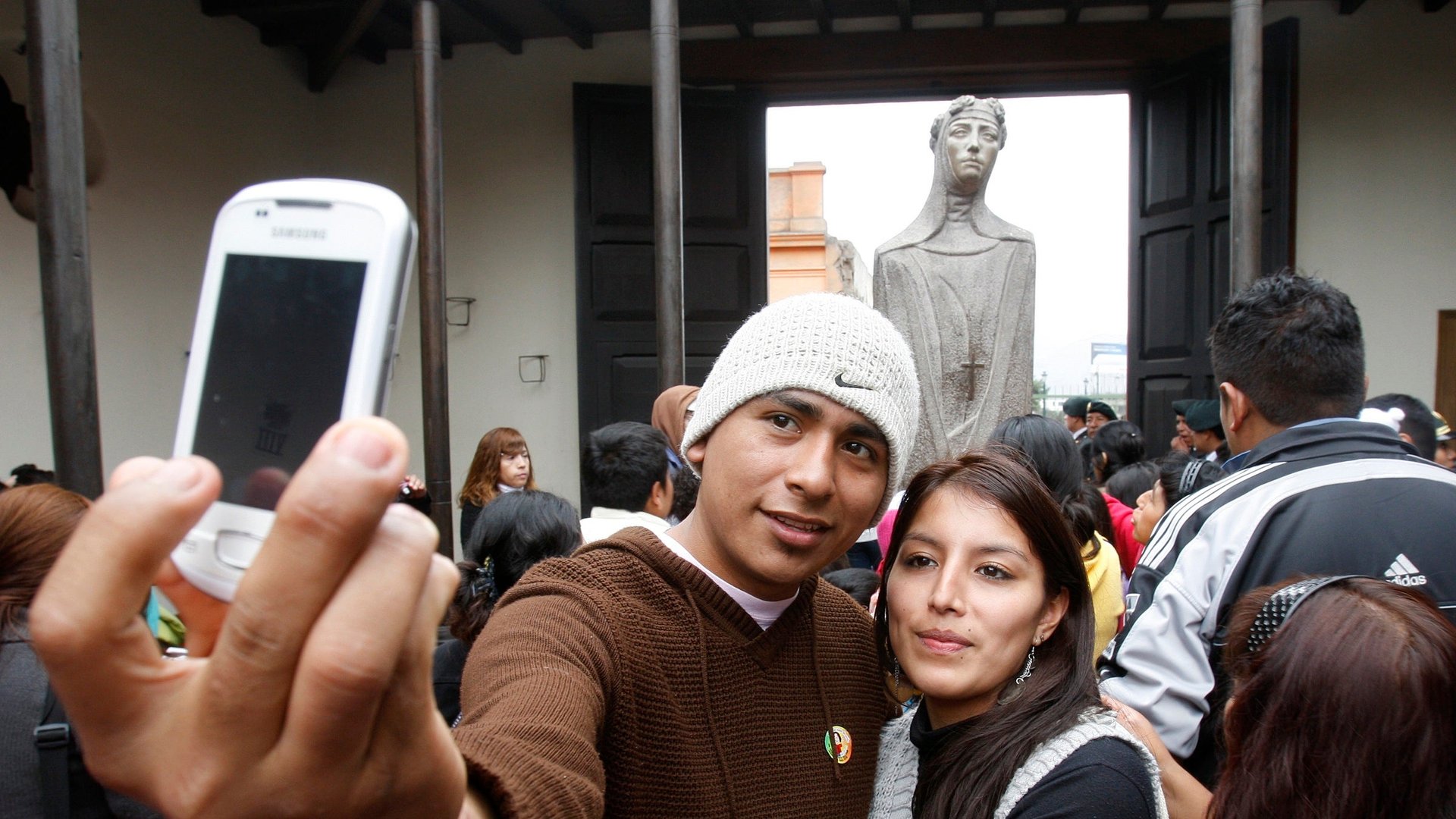The new national identity is what smartphone you prefer, and nobody’s quite sure why
In a fascinating note at Asymco, mobile analyst and ex-Nokian Horace Dediu details how people’s taste in smartphones varies from place to place:


In a fascinating note at Asymco, mobile analyst and ex-Nokian Horace Dediu details how people’s taste in smartphones varies from place to place:
We also know that Android is vastly more popular in India from web usage statistics. We know that BlackBerry is sensationally popular in Latin America and the Middle East. We know that within Europe there is a gap between North and South in iOS vs. Android and even more pronounced between East and West. We know that whereas iPhone was a huge hit in Korea upon its launch there, Samsung and LG swamped it in the last two years.
What’s interesting about this is that it’s the opposite of the trend seen in PCs as they gained in popularity. The shape and specifications of most PCs stabilized into a handful of forms, dominated by a single operating system (Windows) and one or two microchip manufacturers (mostly Intel, some AMD). In smartphones, by contrast, there’s balkanization: Each manufacturer or operating system is becoming dominant in a different part of the world.
This is what is puzzling. There seems to be a divergence between markets: Markets are become more islands onto themselves rather than one whole. This contradicts all the theories of how computing markets should behave (network effects, ecosystems, monopoly power, etc.) It implies that there is still a great deal of friction in the market; friction which I suspect to be due to the peculiar nature of telecom economics.
By “telecom economics”, Dediu means that local telecom companies still wield huge power over the preferences of consumers. They make some models more available than others, subsidizing them in different ways, and playing to local cultural norms.
For example, the new gold-colored iPhone 5S, which many predicted was a ploy to attract luxury buyers in Asia, immediately sold out in Hong Kong and mainland China, where gold “has become a badge of the country’s newly wealthy.” Samsung has been playing to the preference in Asia for phones with giant screens by releasing ever-larger editions of its Galaxy Note. And while Nokia’s quasi-smartphone, the Asha, may be headed for history’s dustbin after Microsoft bought Nokia’s devices business, its popularity in India is a testament to Nokia’s commitment to making it easy to buy India-specific media and apps on the Asha. Not least of all these efforts, there is the simple fact that the huge disparities in wealth between countries demand that phone manufacturers create phones at just about every price.